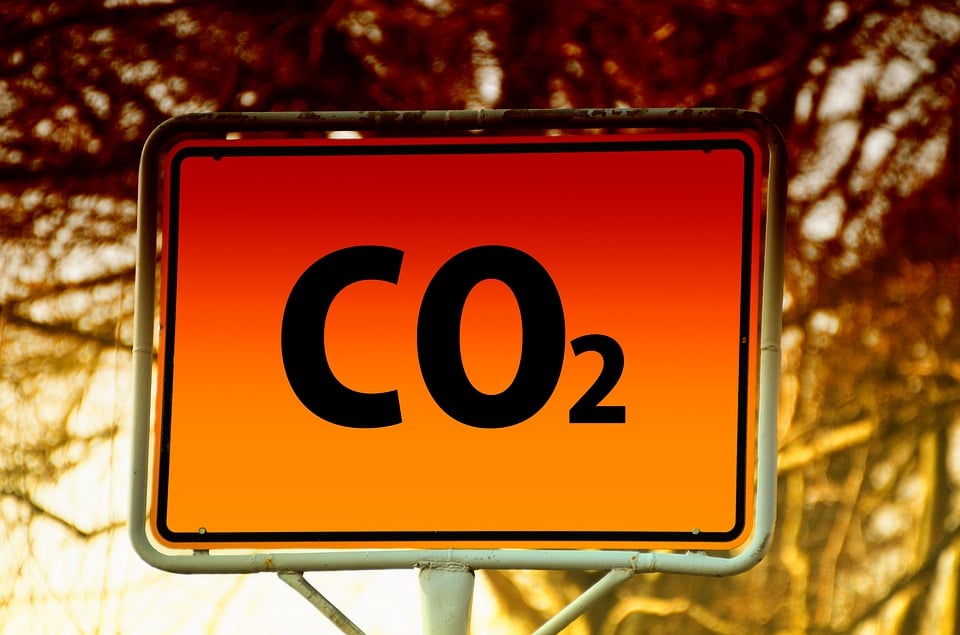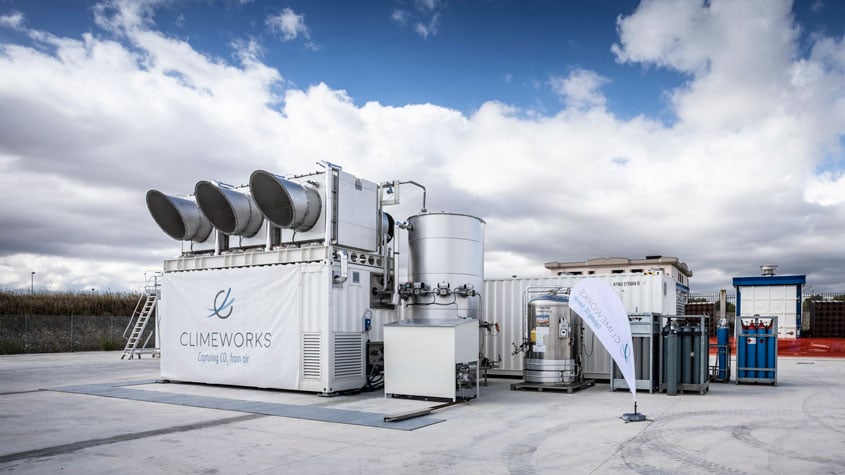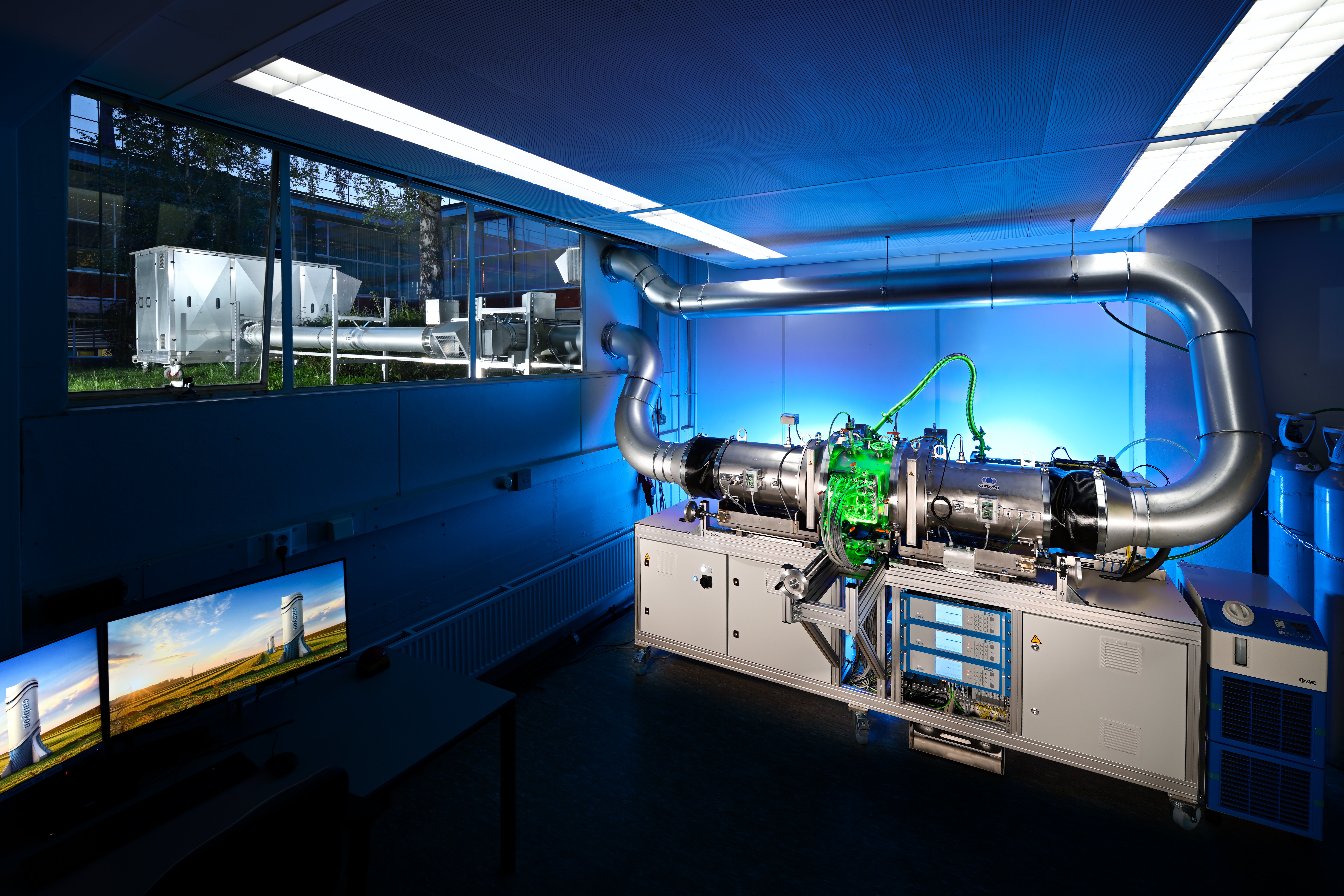
The Norwegian technical institute SINTEF is working on building the world’s first waste incineration plant that not only uses oxygen for combustion but also offers carbon capture and storage (CCS). The project, named NETOX, could become operational by 2030. Oxyfuel combustion can adapt easily to different types of fuel making efficient burning possible regardless of type or volume of waste used.
The NETOX project is a joint venture between SINTEF and Ardal municipality in Vestland county. It was initially considered to build the demo plant at the existing Haraldrud recycling facility in Oslo, but the target deadlines for CO2-emission reductions are causing Oslo municipality to evaluate more tried and tested technologies.
Mario Ditaranto, a Research Scientist at SINTEF Energy Research, states that “We’ve come a long way, but the technology won’t be sufficiently mature for conversion to industrial scale for many years yet.” Two to three years are needed to design and build a demonstration plant to achieve this goal. This plant will then become the world’s first demo plant for waste incineration using oxyfuel combustion.
The advantage of locating the plant in Ã…rdal is that it will be ideally situated close to hydrogen production using renewable energy with oxygen as a by-product. Moreover, the local municipality has some experience with waste incineration.
What is Oxyfuel Combustion?
Oxyfuel combustion is a process that uses pure oxygen instead of air to drive the combustion process. There are many benefits to using oxygen, not least the fact that it makes it easier to capture the emitted CO2.
Oxyfuel combustion is able to adjust easily to different types of fuel. This allows for efficient burning regardless of type or volume of waste used. This is important when dealing with waste which often contains large volumes of CO2.
The technology has been gradually developed by SINTEF over 15 years and is now being implemented in NETOX project.
Carbon Capture and Storage (CCS)
Carbon capture and storage (CCS) is a method for removing carbon dioxide (CO2) from emissions sources such as power plants and industrial processes, transporting it to a storage site and then depositing it where it will not enter the atmosphere, normally an underground geological formation.
The NETOX project will utilize CCS technology to capture the CO2 released during incineration and store it underground. This makes NETOX not only an efficient waste incineration plant but also a CO2 removal system.

Benefits of Oxyfuel Combustion
The advantages of oxyfuel combustion are numerous. Firstly, it produces very few pollutants compared with conventional combustion processes. Secondly, because it uses pure oxygen, it makes capturing emitted CO2 much easier.
Furthermore, when emissions become too expensive to release into the atmosphere, oxyfuel combustion becomes more profitable than reducing emissions. This gives incentive for companies and municipalities to invest in oxyfuel combustion as an effective way to reduce their emissions.
The NETOX project offers an innovative solution for sustainable waste management while reducing CO2 emissions. By 2030, it could become the world’s first demo plant for waste incineration using oxyfuel combustion with carbon capture and storage.
“We are in fact actually removing CO2 from the atmosphere,” says Mario Ditaranto from SINTEF Energy Research. This is an important step towards mitigating climate change and achieving a greener future.







